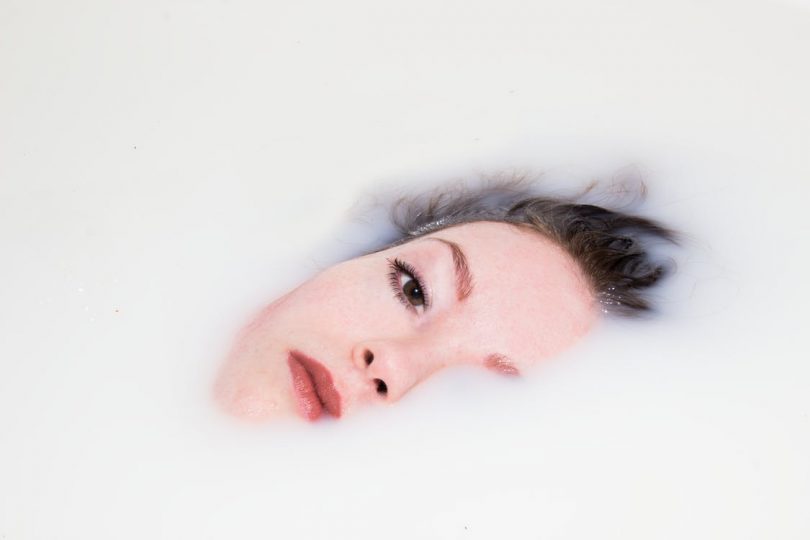Skin cancer is one of the most frequent cancer types – more than 2 million people get it each year in the US only. Skin cancer typically occurs when malignant cells appear in the outer layers of the skin, and there are several types that differ in how they behave.
It is an alarming statistic that every year, more and more people are diagnosed with some form of skin cancer. Therefore, prevention and useful information are highly important for you to protect your health.
1. Risk factors for skin cancer
No one can be completely sure that they won’t develop skin cancer at some point. However, there are certain high-risk groups according to their:
- Personal and family history – if someone from your family had or has skin cancer, you are under increased risk of developing it as well.
- Hair/skin color/eye color – If you have blond or red hair, light-colored skin, or blue or green eyes, you are in the high-risk group for developing skin cancer. A lot of people think they don’t have fair skin and don’t burn easily, but the truth is that most Caucasians actually do burn easily because their skin is light-colored.
- Moles – You need to take special care of your skin if you have a lot of moles. Atypical moles can be especially dangerous – they can be larger than usual moles and have irregular borders.
2. Ultraviolet light – the most common cause
The fact is that the majority of skin cancers is caused by UV radiation (about 90% of them). More precisely, if you used to get sunburns frequently as a child or you expose your skin to the sun for too long during the midday, you have increased the chance of getting skin cancer.
3. Other causes of skin cancer
However, it is important to know that not all skin cancers are caused by UV radiation.
There are certain conditions that weaken your immune system and make you susceptible to skin cancer. Immunosuppressive therapy after organ transplantation and exposure to dangerous chemicals such as coal and arsenic can damage your immune system, increasing the chance of cancer risk. In other words, you need to know how your overall health affects your skin indirectly.
4. Three types of skin cancer
In general, skin cancer is divided into two main types – melanoma and non-melanoma. However, there is a more precise division into three types:
- Basal cell carcinoma – in most cases, it is not fatal and appears after the age of 40. This type of carcinoma looks like a lesion on the head or neck. Sometimes it changes its size or even bleeds mildly.
Although it’s not fatal, it is highly destructive because it can grow bigger and bigger if left untreated. Plus, as it usually occurs in areas exposed to the sun, it is mostly the face, which is why removing basal cell carcinoma at the early stages will make sure the reconstruction is simple and without scars.
- Squamous cell carcinoma – it generally occurs in people over 50 and also belongs to the non-melanoma type. This type of carcinoma is usually red and flat and grows into a scaly, raised patch after a while. However, squamous cell carcinoma is likely to spread to lymph nodes or even distant parts of your body.
- Melanoma – the most severe type, usually occurring on the legs in women and on the back in men. It usually appears between 45 and 50 years of age, but the chances rise with age in general.
- It usually looks like a dark, raised area, irregular in its shape. If you don’t treat it, it can easily spread to other parts of the body.
5. Melanoma can occur anywhere on the body
People with darker skin can have hidden melanomas in unexpected parts such as scalp, eyes, mouth, feet, and nails. In other words, even parts not exposed to the sun in darker people can develop skin cancer cells.
6. Safe tanning is important
If you enjoy the sun, then you need to use sunscreen on a regular basis. Sunscreen decreases the chance of developing skin cancer, which is especially important for people with fair skin. It protects you not only from sunburn but also from the damaging UV rays. Using safe products for the skin will also slow down the signs of aging.
Bear in mind that UV rays are always present, no matter the weather or if it’s cloudy or sunny.
7. Say no to indoor tanning salons
Frequently visiting tanning salons exposes you to a higher risk of developing non-melanoma and melanoma types of skin cancer. Even just one tanning session can increase the risk of developing squamous cell carcinoma by 67%, so why exposing yourself to that risk at all?
8. Early detection and self-exams are crucial
Most types of skin cancer grow slowly, and some types of melanoma can appear and grow very quickly. This is why regular self-check is important – if detected in early stages, skin cancer is highly treatable.
You can check yourself with a mirror or ask a family member to help you. If you have moles, check them regularly for changes in size, color, or sensitivity.
Bottom line
Skin cancer is too frequent illness to be dismissed easily. Prevention is crucial and knowing how to protect your skin and your health is now more important than ever.









